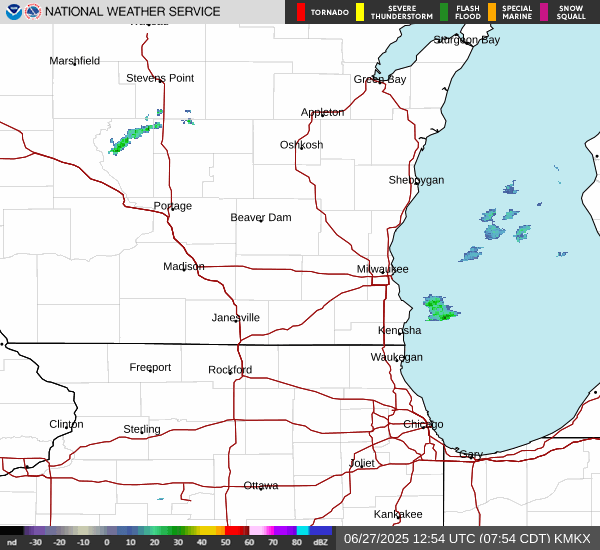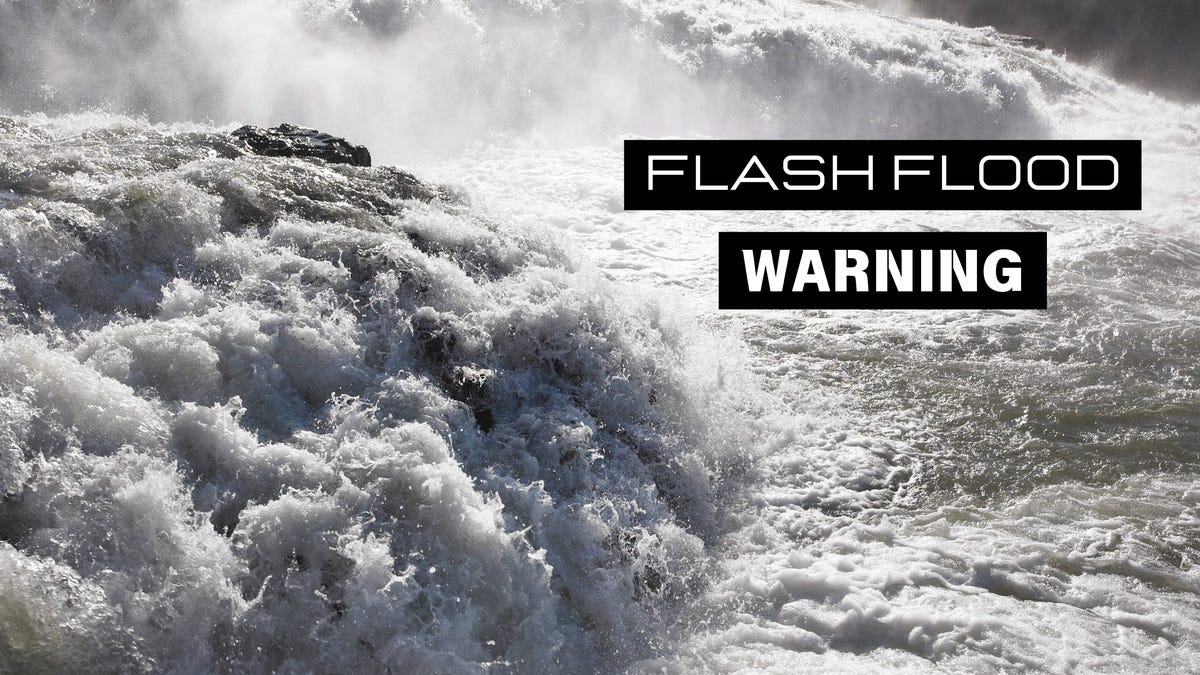MCTS bus video captures flash flooding on I-43
It only took seconds August 17th for heavy rain to lead to flash flooding on I-43 trapping morning commuters.
MCTS
A flood warning was issued by the National Weather Service in La Crosse at 06:06 a.m. on Friday, June 27. This warning applies to La Crosse County.
The NWS warns: “Turn around, don’t drown when encountering flooded roads. Most flood deaths occur in vehicles.”
See weather radar for La Crosse County What are NWS meteorologists saying?
What are NWS meteorologists saying?
At 6:06 a.m., the NWS issued a statement including the following information:
WHAT: Flooding along the La Crosse River caused by excessive rainfall over the last few days.
WHERE: A portion of west central Wisconsin, including the following county, La Crosse.
WHEN: Until 6 a.m. CDT Sunday.
IMPACTS: Flooding of low-lying and flood-prone locations is imminent or occurring.
ADDITIONAL DETAILS:
- At 6 a.m., flood waters are working downstream from Monroe County and will progress through the area over the next 1 to 2 days. Flooding is already occurring in the warned area and may worsen over the next 24 to 36 hours.
- Some locations that will experience flooding include: La Crosse, Onalaska, West Salem, Bangor, Rockland, Lake Neshonoc, Veterans Memorial Park, and North Side Of La Crosse.
- If advised to evacuate, do so immediately.
- Use a battery-operated radio or television to get the latest emergency information.
- Do not walk through floodwater. Just six inches of floodwater can sweep you off your feet if it is moving swiftly.
- Turn around, don’t drown; do not drive into a flooded street. Cars can be swept away by two feet of moving water or there may be unseen damage to the road. If you come to a flooded area turn around and go another way. Most flood-related deaths are caused by people driving through water.
- Watch out for fire hazards.
- Move to higher ground.
- Stay alert, turn weather notifications on.
- Do not allow children to play in flowing water. Waters can hide rocks, trees and debris.
This weather report was generated automatically using information from the National Weather Service and a story written and reviewed by an editor.
See the latest weather alerts and forecasts here
